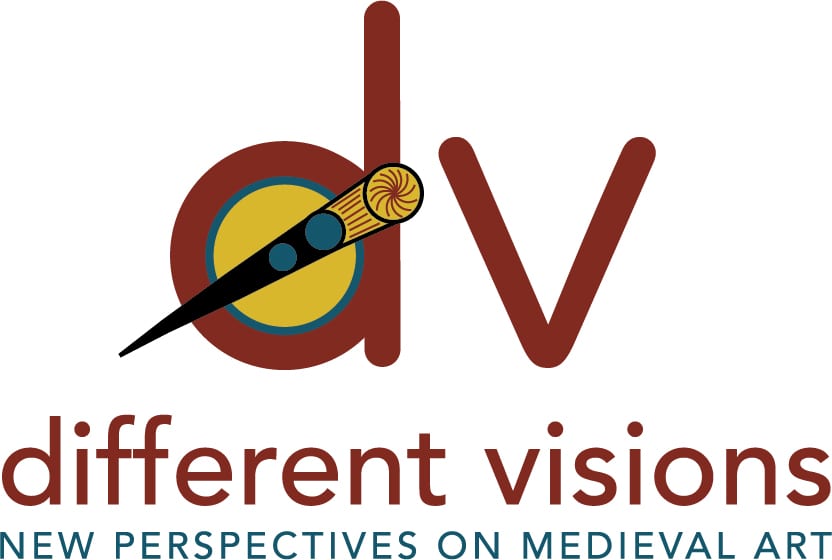Issues
Ten: Toward a Visual History of the Working Class (Summer 2023)
This issue edited by Diane Wolfthal is devoted to exploring those who labored in the Middle Ages (400-1530). There are innumerable publications on medieval queens, wealthy art donors, and the luxury objects that they commissioned, but few studies concerning the laboring class. The introduction to the issue provides an overview of the field, and the issue’s nine essays examine images of the laboring class and the objects that were part of their lives.
Nine: On Unstable Ground (Spring 2023)
This issue edited by Rachel Dressler and Ben Tilghman presents essays that consider the unstable, unreliable circumstances of the ground in medieval art. Understanding “ground” as a surface upon which humans act, the essays in this issue examine it as a formal artistic, environmental, or conceptual phenomenon.
Eight: Visualizing Gender and Sexuality in the Middle Ages (Winter 2022)
A celebration of the work of Rachel Dressler, this volume edited by Virginia Blanton, Jennifer Borland, Karen Overbey, Nancy Thompson, and Ben Tilghman focuses on new research that engages with feminist art historical approaches within the fields of medieval art history and material culture studies. In keeping with Dressler’s commitment to demonstrating the breadth and flexibility of feminist critique, the essays in this volume expand the way we look at gender and sexuality in the study of medieval visual culture.
Seven: Open Issue (2022-2024)
Six: Are We Post-Theoretical? (July 2020)
We are excited to present this new issue of Different Visions featuring four essays that engage with the relevance of theory to medieval art history-and to art history in general-today. The essays were inspired by Gerald Guest’s session at the 2019 International Congress on Medieval Studies at Western Michigan University in Kalamazoo entitled “Medieval Art History: Are We Post-Theoretical?” The issue also includes a conversation between the four authors.
Five: Female Sexualities (August 2014)
The fifth issue of Different Visions is devoted to Female Sexualities and guest co-edited by Sherry Lindquist and Mati Meyer. As Sherry states in her introduction, the papers in this issue had their origin in a session devoted to this topic at the 2010 International Medieval Congress at Leeds.
Four: Active Objects (January 2014)
The essays in this issue are drawn from two sessions on “Active Objects” sponsored by the Material Collective at the 2012 International Congress of Medieval Studies at Kalamazoo: “Optics and Transparency” and “Agency and Phenomenology.” The papers all consider ways in which medieval objects had agency; that is, how they acted upon viewers and shaped response.
Three (September 2011)
This issue presents essays on a variety of topics and a book review.
Two: Monstrosity (June 2010)
Papers drawn in part from several theme sessions organized by Asa Mittman and Debra Strickland, and sponsored by the International Center for Medieval Art and the Glasgow Centre for Medieval and Renaissance Studies, during the 2008 International Medieval Congress at Leeds.
One: Triangulating Our Vision (September 2008)
Special inaugural issue of Different Visions dedicated to Madeline H. Caviness’s “triangulatory” approach to medieval art and featuring papers given at the Forty-first International Congress on Medieval Studies, which took place at Western Michigan University in Kalamazoo, May 4-7, 2006.
